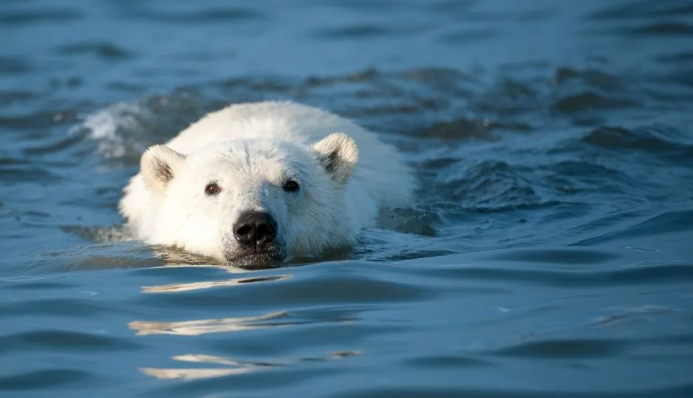Introduction: Bears and Their Swimming Abilities
Bears, known for their formidable size and strength, are fascinating creatures that inhabit various parts of the world. One of the intriguing aspects of bears is their ability to swim, which plays a crucial role in their survival and behavior. This article explores the swimming capabilities of bears, shedding light on how fast they can swim and the factors that contribute to their aquatic prowess.

Two baby bear
1. Swimming Abilities of Bears: A Closer Look
Bears are known to be competent swimmers, showcasing their adaptability to different environments. While their swimming speeds can vary based on factors such as species, physical condition, and purpose, bears generally exhibit impressive swimming skills.
1.1. Species Variability:
Different bear species display varying levels of swimming proficiency. For instance, polar bears, adapted to their Arctic habitat, are exceptional swimmers. They are known to swim long distances between ice floes in search of prey. On the other hand, grizzly bears are also capable swimmers but may not have the same level of endurance as their polar counterparts.
1.2. Adaptations for Swimming:
Bears possess certain adaptations that facilitate their swimming abilities. Their large body size, muscular limbs, and partially webbed paws contribute to efficient propulsion through water. Additionally, bears have a layer of fat, or blubber, which aids in buoyancy and insulation, enabling them to endure cold waters.
1.3. Swimming Speeds:
While the swimming speeds of bears can vary, estimates suggest that they can swim at an average speed of around 5-8 miles per hour (8-13 kilometers per hour). However, polar bears are known to reach faster speeds, sometimes swimming at 6-10 miles per hour (10-16 kilometers per hour) for short bursts.
2. Factors Influencing Swimming Speed:
Several factors influence the swimming speeds of bears:
2.1. Purpose:
Bears may swim for various reasons, such as hunting, crossing bodies of water, or searching for new territories. The purpose of their swim can affect their speed. For instance, a bear hunting for prey might exhibit bursts of higher speed to catch its target.
2.2. Distance:
The distance a bear needs to cover can impact its swimming speed. Bears capable of long-distance swims, such as polar bears, may have adaptations that allow them to maintain a relatively steady pace for extended periods.
2.3. Environmental Conditions:
Water temperature, current strength, and wave conditions can affect a bear's swimming speed. Cold waters might influence bears to swim faster to minimize their exposure to frigid temperatures.
2.4. Individual Fitness:
The physical condition of a bear, including its health and energy level, can influence its swimming speed. Bears in optimal physical condition might exhibit faster and more efficient swimming.

Bears are indeed skilled swimmers
In conclusion, bears are indeed skilled swimmers, capable of navigating through various water bodies. Their swimming speeds vary based on species, purpose, and environmental conditions. From polar bears braving icy waters to grizzly bears crossing rivers, these creatures demonstrate their adaptability and versatility in aquatic environments.
While estimates of their swimming speeds provide a general understanding, it's important to remember that each bear's swimming capabilities are influenced by a combination of factors unique to its species and individual circumstances. Studying these remarkable animals' swimming behaviors provides insight into their remarkable survival strategies and their ability to thrive in diverse habitats.